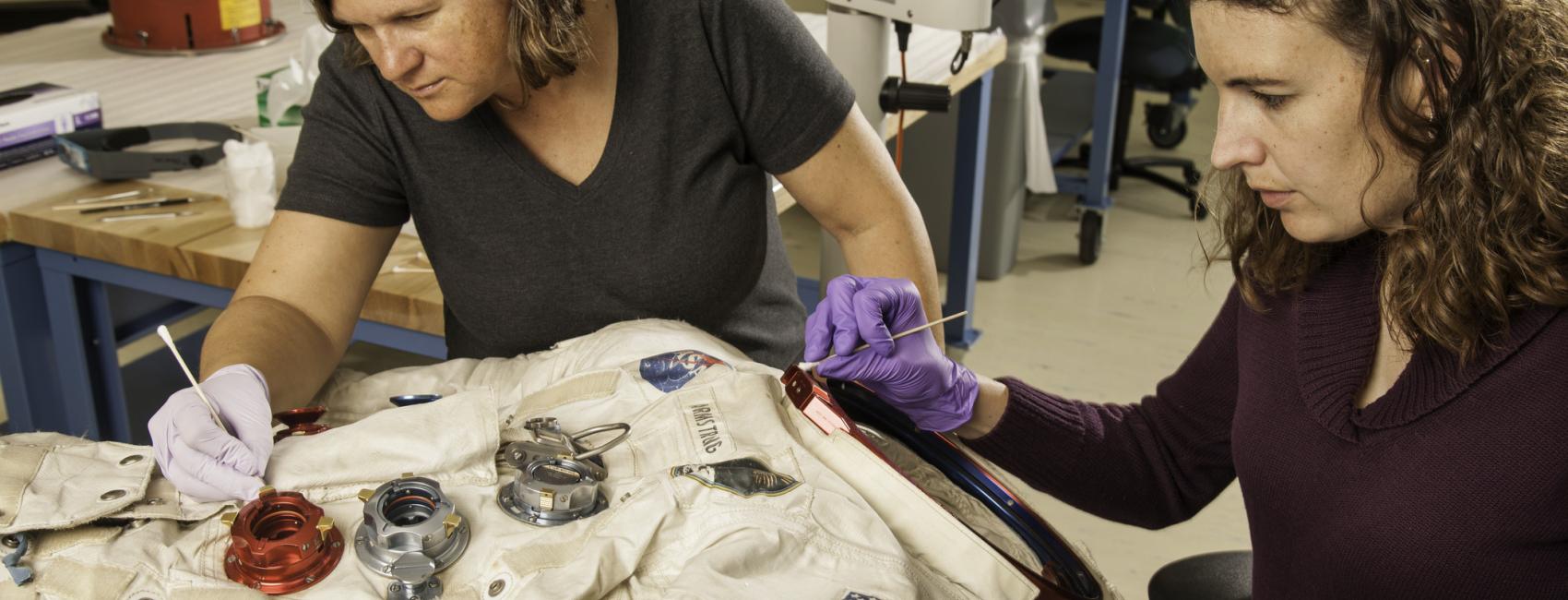
Mar 13, 2023
Ronnie Walter Cunningham 1932–2023
Walt Cunningham, who flew on a pivotal 1968 space mission, passed away on January 3.
“Walt Cunningham was a fighter pilot, physicist, and an entrepreneur—but, above all, he was an explorer,” said NASA administrator Bill Nelson. “On Apollo 7, the first launch of a crewed Apollo mission, Walt and his crewmates made history, paving the way for the Artemis generation we see today.”
Cunningham had flown 54 missions in Korea and spent three years studying the magnetosphere at the Rand Corporation when he was selected as an astronaut in 1963. NASA designated him the lunar module pilot for Apollo 7, which launched on October 11, 1968. During the 11-day mission, Cunningham and fellow astronauts Walter M. Schirra Jr. and Donn F. Eisele tested maneuvers necessary for docking and lunar orbit rendezvous.
Cunningham (aboard the Apollo 7 command module) helped perform test maneuvers that paved the way for the Apollo 11 moon landing in 1969.
The mission also sought to restore confidence in the Apollo program, 21 months after three astronauts were killed in the launchpad test of a command module at Cape Canaveral.
“We carried the nation’s hope with us,” Cunningham wrote in his memoir, The All American Boys. “One more setback now, and the prospects of landing a man on the moon before 1970 would be gone forever.”
After Apollo, Cunningham became chief of the Skylab branch of NASA’s flight crew directorate. He retired from the agency in 1971.
“Decades after the Apollo program ended, it was his colleagues’ shared attitude that stuck with Cunningham the most,” wrote Teasel Muir-Harmony—curator of the National Air and Space Museum’s Apollo collection—in a tribute to the astronaut. “He often remarked on the significance of working with a like-minded dedicated team, undeterred by risk and inspired by challenges, committed to the larger mission of the program.”
Hubble Space Telescope image of Saturn with two smudgy spokes in the B ring, on the left in the image.
The Hubble Space Telescope reveals that a pair of dark smudges have appeared on Saturn’s rings.
The enigmatic blemishes, which astronomers have nicknamed “spokes,” are seasonal, reappearing roughly every 15 years. That’s because Saturn, like Earth, is tilted on its axis and has four seasons that (unlike Earth) each last around seven years. The spokes are most visible during the giant planet’s fall and spring equinoxes, when the rings are tilted edge-on to the sun.
Still, scientists remain uncertain about what causes the blotches. One possibility is that ice particles in Saturn’s rings are levitated by a temporary electrical charge, which occurs when the solar wind interacts with the planet’s magnetic field. Astronomers hope to learn more as Saturn gets closer to its next fall equinox on May 6, 2025.
Visitors to the National Air and Space Museum’s America by Air gallery can enter the nose section of this Northwest Airlines Boeing 747-151.
An era in aviation came to an end on January 31, when Boeing bid farewell to the 747, delivering the last of the iconic airliners to Atlas Air. The 747, known as the Queen of the Skies, was introduced in 1970 by Pan Am as the world’s first twin-aisle jetliner, and it soon became synonymous with luxury travel. Boeing designed and built the jumbo jet in just 28 months, never anticipating it would enjoy decades of popularity. In fact, one of the most distinctive features of the 747—its teardrop-shape hump—was added to give it a hinged nose for a front-loading cargo door, because Boeing believed it would soon be obsolete as a passenger jet. The company expected it would sell only 400, but ended up building 1,574.
Cochran and Chuck Yeager (in 1962) both loved high-performance jets. Their friendship lasted until her death in 1980.
Jacqueline Cochran might be most well-known as the first woman to break the sound barrier, but that was just one of her many accomplishments. A child of poverty, she reinvented herself as a successful businesswoman and record-setting pilot. She won air races in the 1930s, served as one of the leaders of the Women Airforce Service Pilots in the 1940s, flew faster than the speed of sound in the 1950s, and held the title of fastest woman in the world in the 1960s.
Dr. Katherine Sharp Landdeck will explore the many facets of Cochran’s career at an event at the Steven F. Udvar-Hazy Center on May 10 at 8 p.m. It will also be streamed live on YouTube. The Amelia Earhart Lecture in Aviation History is sponsored by Pratt & Whitney: A Raytheon Technologies Company. Register to attend.
This article is from the Spring issue of Air & Space Quarterly, the National Air and Space Museum's signature magazine that explores topics in aviation and space, from the earliest moments of flight to today. Explore the full issue.
Want to receive ad-free hard-copies of Air & Space Quarterly? Join the Museum's National Air and Space Society to subscribe.

We rely on the generous support of donors, sponsors, members, and other benefactors to share the history and impact of aviation and spaceflight, educate the public, and inspire future generations. With your help, we can continue to preserve and safeguard the world’s most comprehensive collection of artifacts representing the great achievements of flight and space exploration.
We rely on the generous support of donors, sponsors, members, and other benefactors to share the history and impact of aviation and spaceflight, educate the public, and inspire future generations. With your help, we can continue to preserve and safeguard the world’s most comprehensive collection of artifacts representing the great achievements of flight and space exploration.